Beginnings
[This is one of series of blogs to promote my campaign to produce a 30-year retrospective book.]
A series of portraits of Manchester artists, ‘Dead Arty’ was my first solo exhibition and, it seems, an attempt to understand ‘modern art’.
I was still working in TV advertising sales, spending my days in Television House (today, The Lexicon), an office block behind Central Library, and spending most of my evenings in the darkrooms at Counter Image, a photography and film workshop on Whitworth Street West.
I’d been inspired by a portrait course run by music photographer Ian Tilton and was looking for a subject so I might practice my new skills. I was introduced to painter Fiona Moate who, one Sunday morning in December 1987, sat for me in her studio in one of the streets behind Piccadilly Gardens. My project had begun.
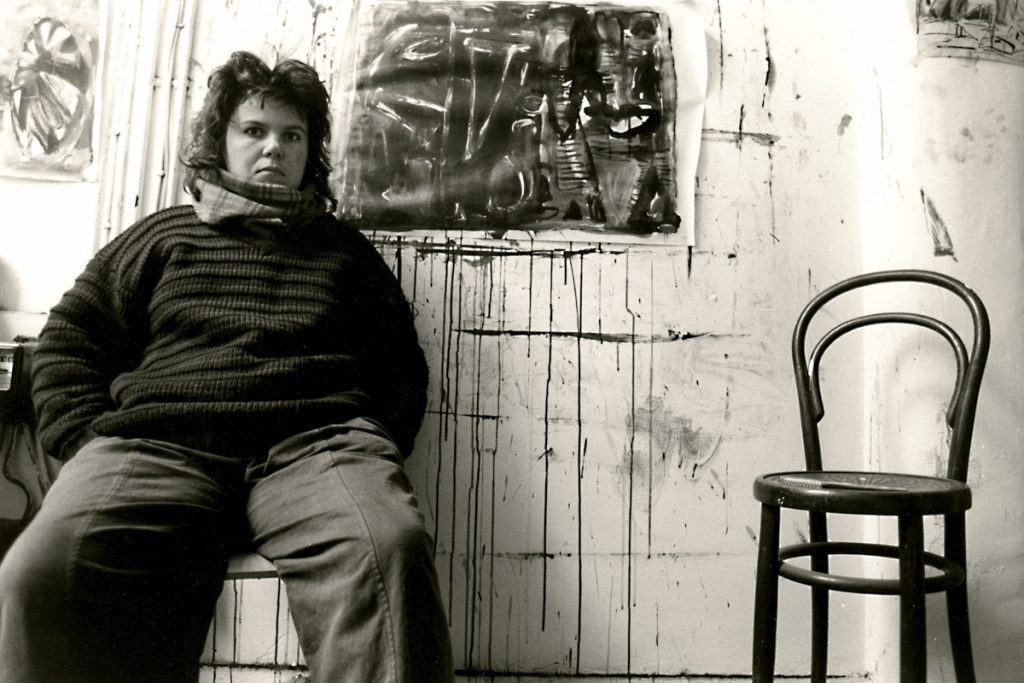
For the next six months, armed with my Ricoh 35mm SLR loaded with HP5 black and white film, I spent my spare time visiting a couple of dozen painters and sculptors often on the uppermost floors of dilapidated warehouses and mills dotted around the city centre.
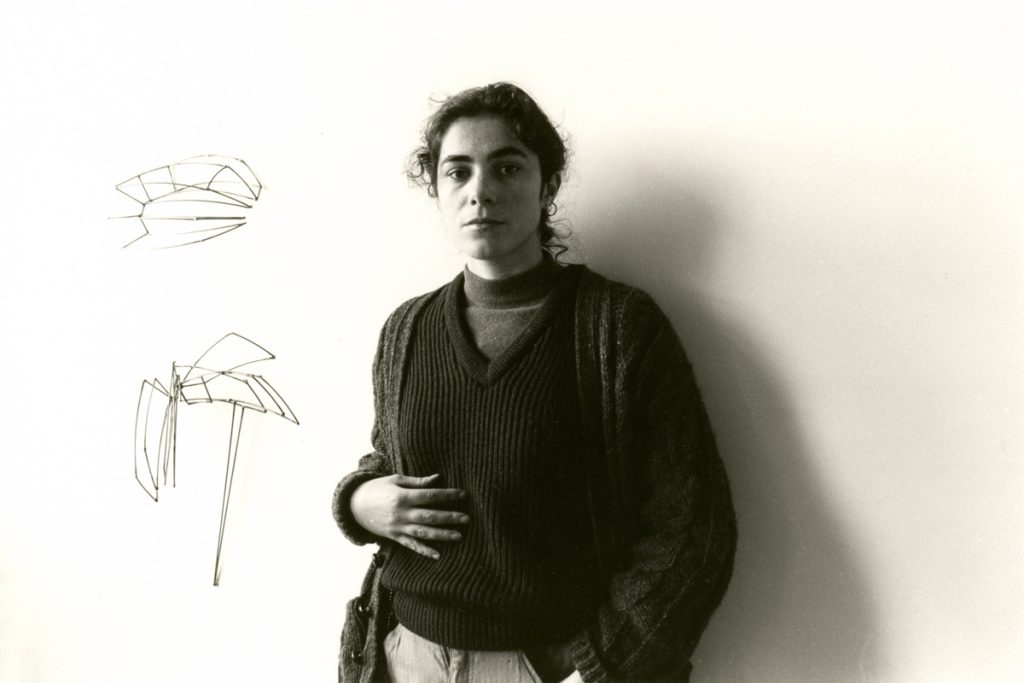
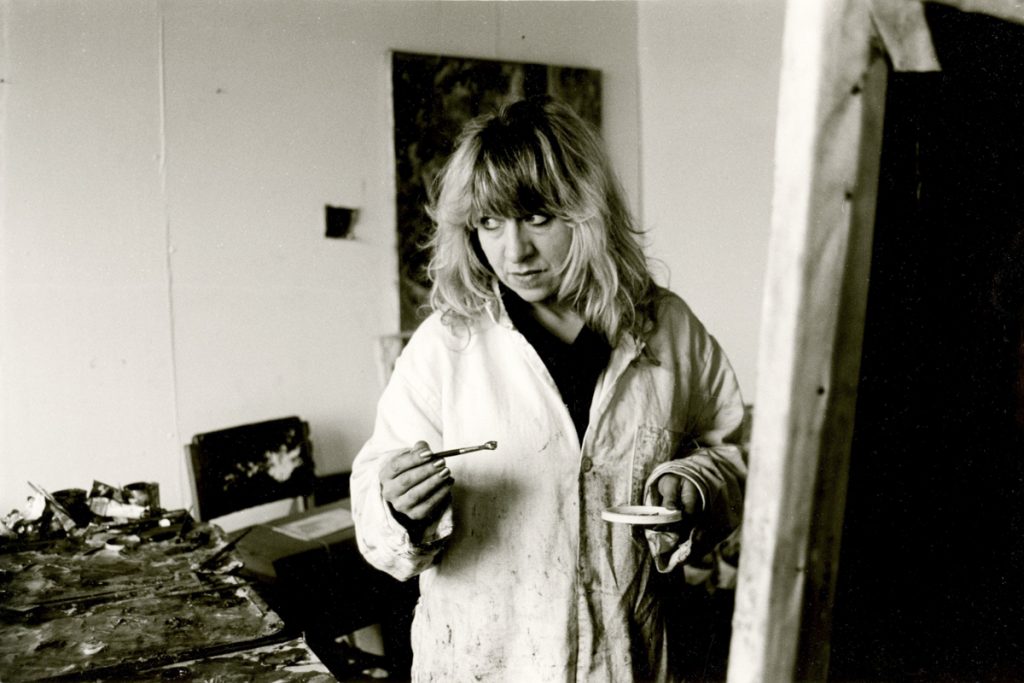
As well as a document of Manchester’s creative talent the exhibition – displayed at Counter Image – was a naive opportunity for me to investigate the ‘meaning of art’, requesting each of my subjects to answer questions I’d put to them.
This interrogation got a mixed response from the exhibition reviewers: ‘Let’s be thankful, then, for the likes of Len Grant,’ said one, whereas The Guardian retorted, ‘The series obviously panders on the one hand to the recent mood for image-building in the art world and, on the other, to the voyeuristic fascination many people have for the presumed peculiarities of the artistic temperament.’
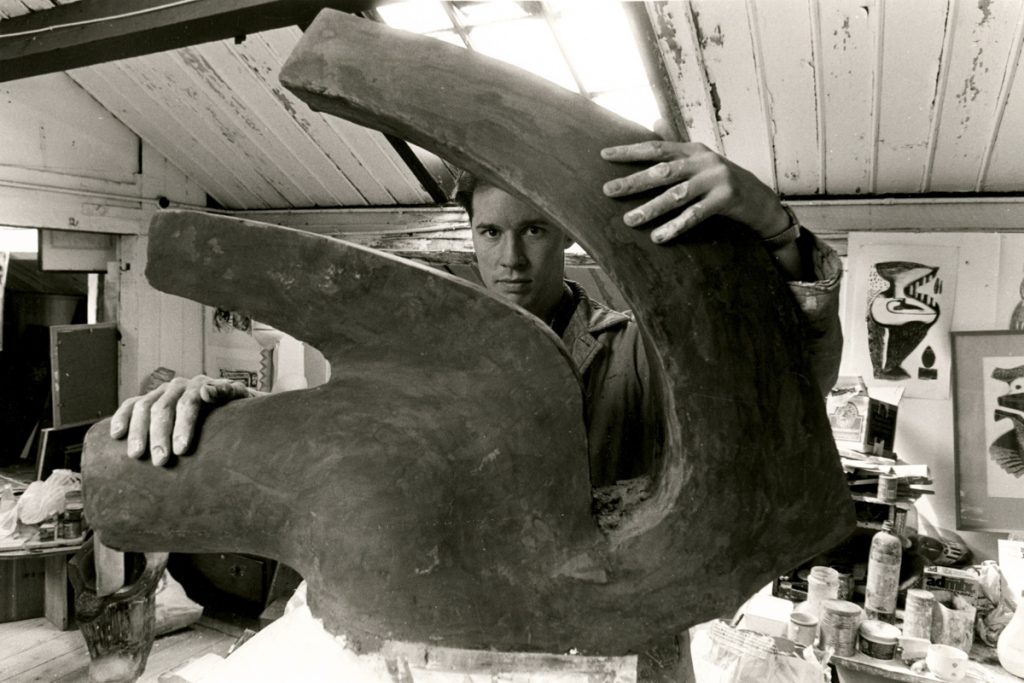
Most however, saw ‘Dead Arty’ as a celebration of an artistic community and I was delighted to have my work on show. My endeavours came to the attention of a TV director, Phil Griffin, who was planning to make a documentary about the same subject. Phil introduced me to a commercial photographer, Mike Black, who, unknown to me, was also photographing the city’s artists but in colour and on large format cameras.
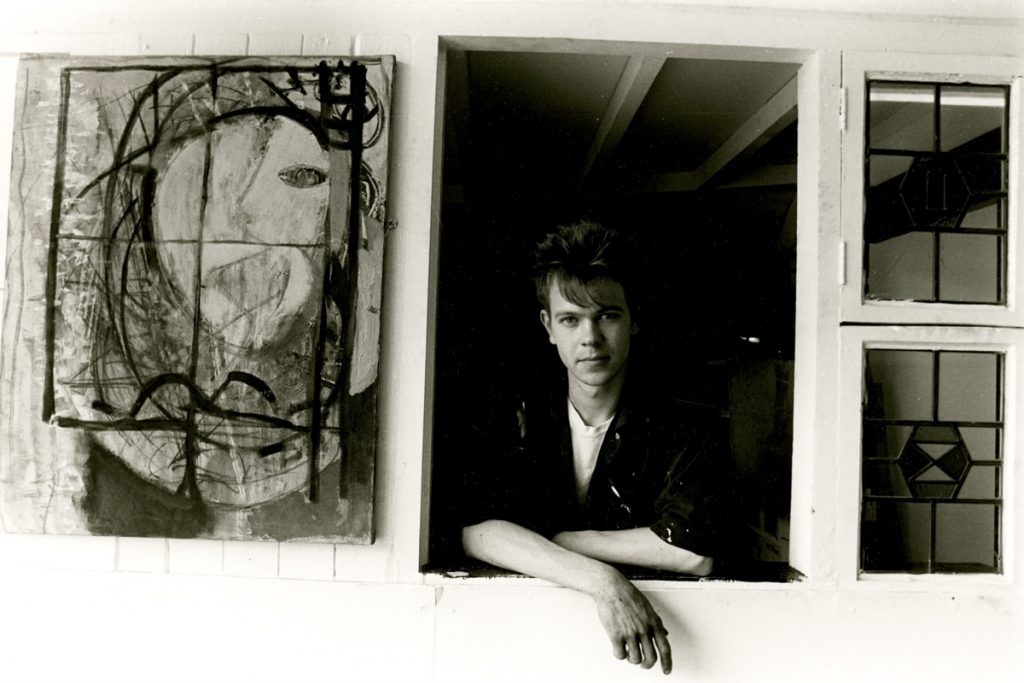
During one week in September 1988 Mike and I toured the city’s studios again, this time with a Granada TV crew in tow, where we photographed yet more artists for a half-hour documentary called ‘The Art Mob’. It was screened the following January.
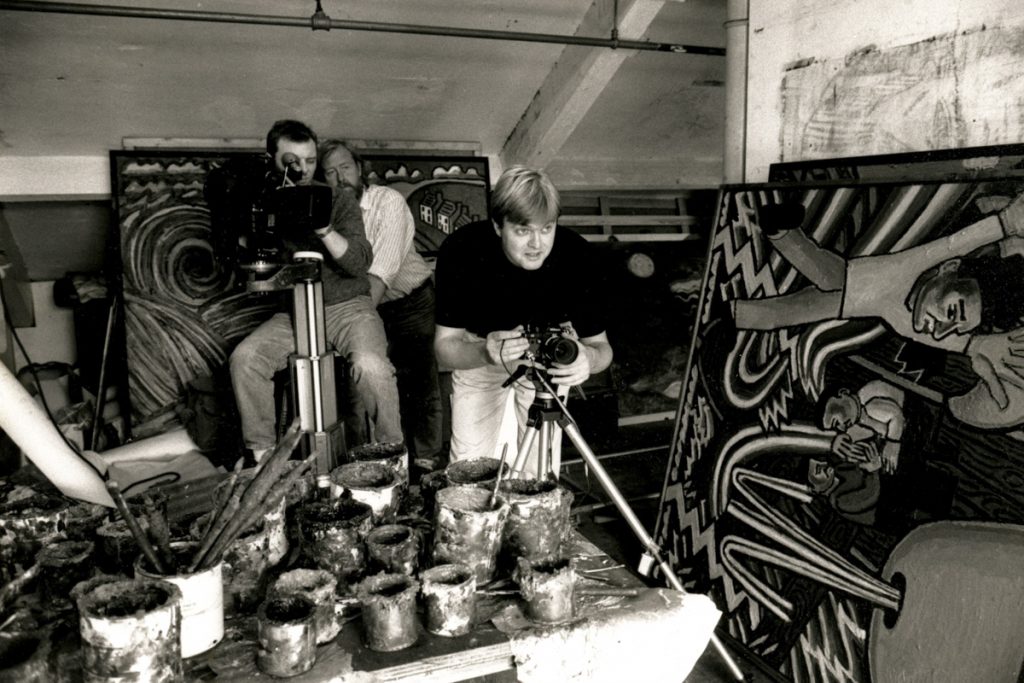
It was meeting Mike and talking about his experiences that got me thinking of photography as a way out of my uninspiring sales career. Eighteen months later, I set up as a freelance photographer.